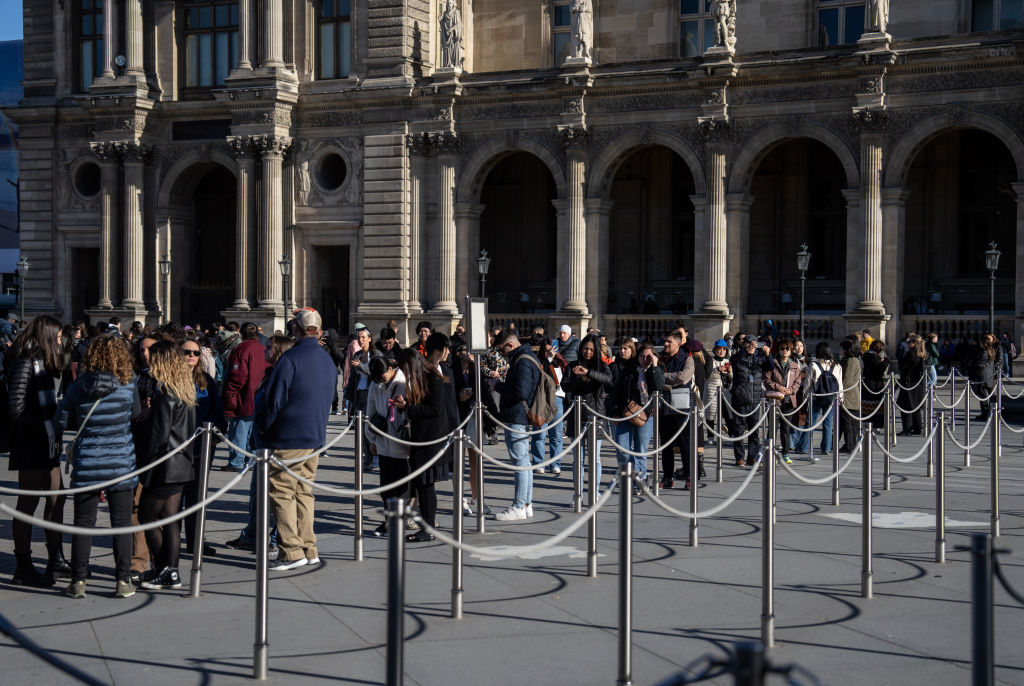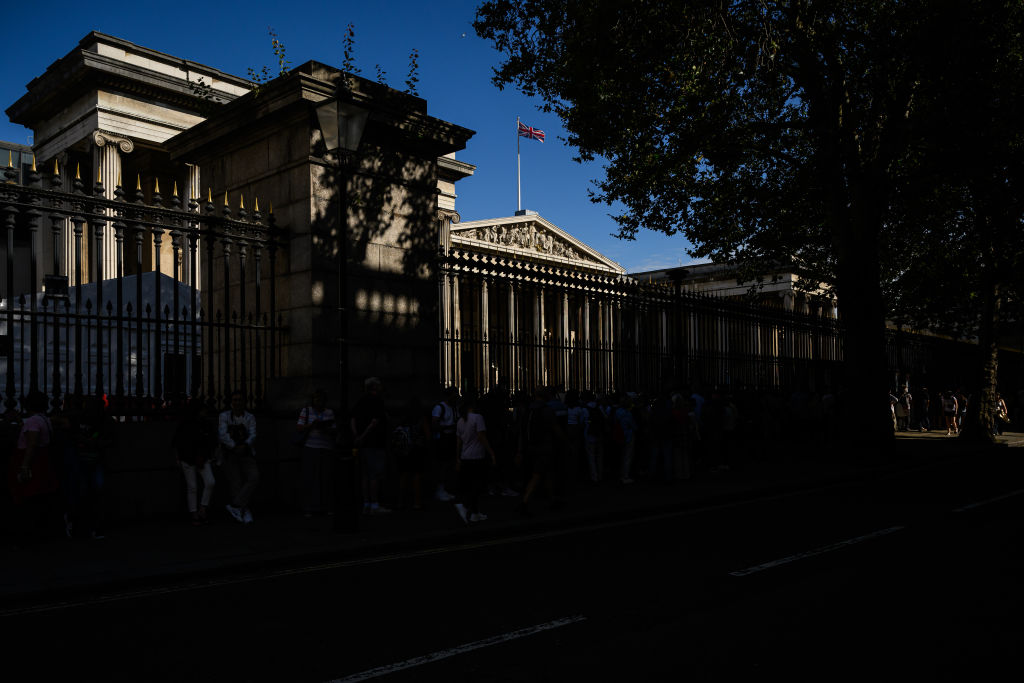Old Masters Purposefully Mixed Oil and Egg Yolk to Create Their Masterpieces, New Study Finds
Old Masters such as Leonardo da Vinci, Sandro Botticelli, and Rembrandt van Rijn may have mixed oil and proteins like egg yolk in their paintings, a new study published in the journal Nature Communications revealed on Tuesday.
While it was known that many artists from their eras relied on fast-drying egg tempera for their art, it was largely thought that these artists primarily dedicated themselves to oil, which does not use protein as a binder and which sets much slower than tempera. The new study shows that the artists may have purposefully bound oil using egg yolk—something that was previously believed to have been accidental.
“There are very few written sources about this and no scientific work has been done before to investigate the subject in such depth,” the author of the study, Ophélie Ranquet of the Institute of Mechanical Process Engineering and Mechanics at the Karlsruhe Institute of Technology in Germany, told CNN. “Our results show that even with a very small amount of egg yolk, you can achieve an amazing change of properties in the oil paint, demonstrating how it might have been beneficial for the artists.”
The ancient Egyptians created tempera, a combination of egg yolk, powdered pigments, and water, and the ancient Romans often made frescoes via mixtures of water and powdered pigments on wet plaster. Oil paint, which has its origins in 7th-century Central Asia, didn’t become popular abroad until the Medieval and Renaissance periods in Northern Europe and Italy, respectively.
Researchers recreated Old Masters’ paint-making process using four ingredients: egg yolk, distilled water, linseed oil, and lead white and ultramarine blue pigments.
They found that the addition of the egg yolk impacted the paint’s aging process, causing it to take longer to oxidize. This can impact the way the paint behaves. The lead white paint they produced, for example, was sensitive to humidity, but it was made more resistant with the additional protein.
The team also found that using egg yolk could make for chunkier, thicker brushstrokes made using a technique known as impasto. This would have allowed for the use of less pigment, which could be monetarily beneficial when working with lapis lazuli, a material utilized in the creation of ultramarine blue that was more expensive than gold at the time.
One of Leonardo’s earlier works, Madonna of the Carnation (1478), was observed for the study. According to the researchers, the wrinkling on Mary and Jesus’s faces could have been avoided with the use of egg yolk.
Botticelli’s canvas The Lamentation of Christ (ca. 1490–95), which was also included in the study, is made primarily with tempera, but the team found that the background and the grass were painted with oil containing protein as a binder.



